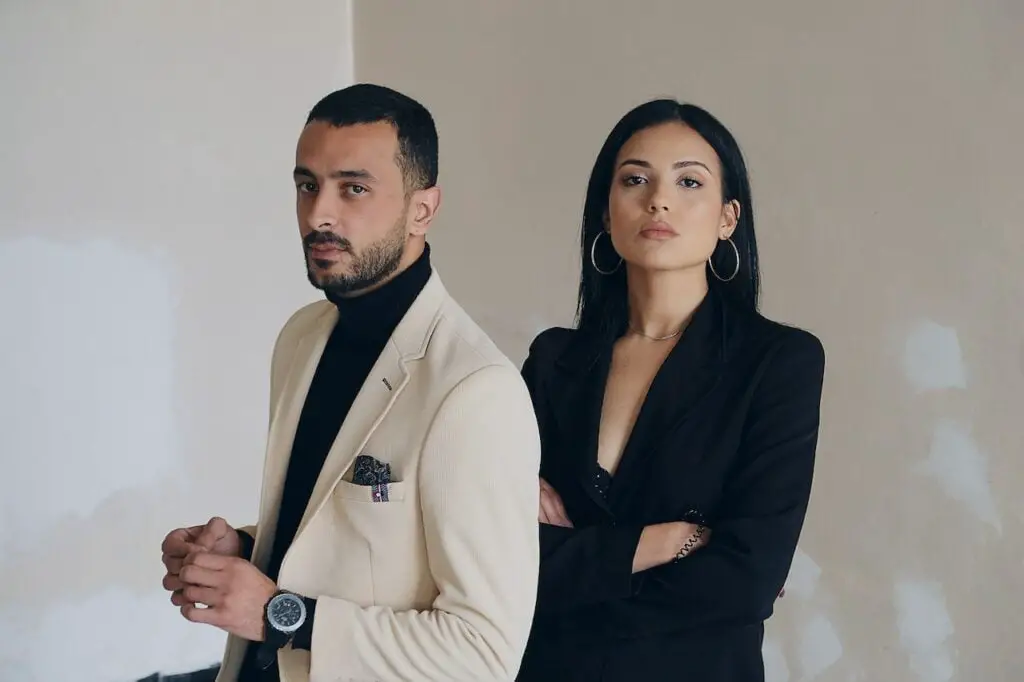Most people know about the major stakeholders in the fashion industry including, designers, fashion houses and brands, suppliers, models, retailers and of course the consumers, however, did you know that there are levels to the fashion industry? Levels without which the fashion industry wouldn’t function. This post delves into these levels that make up the fashion sector.
Levels of the fashion industry
The primary level of the fashion industry is the production of raw materials used in the manufacture of apparel and fashion products, the secondary level is the design and manufacture of fashion products by fashion designers, fashion companies, fashion retailers, independent manufacturers and contractors. The third level of the fashion industry is the retail of fashion products and services and the fourth level concerns itself with advertising and promotion of fashion products and services.
Let us look at each of these levels in detail.
The primary level of the fashion industry
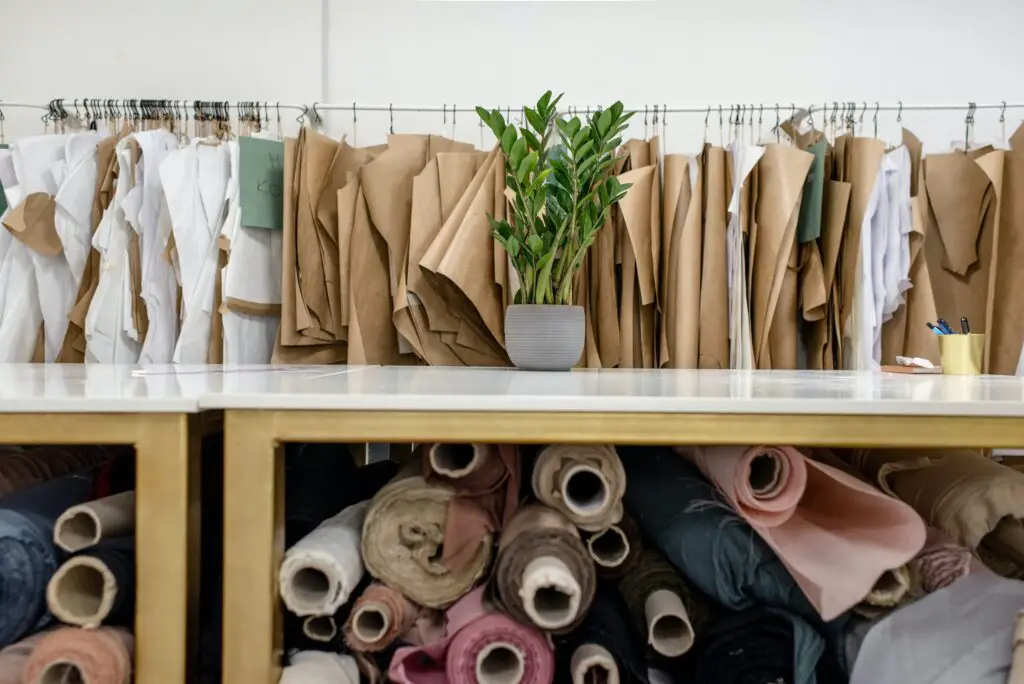
The first level of the fashion industry, also known as the primary level, concerns itself with the production and sourcing of raw materials. The raw materials used in the fashion industry can either be natural or artificial. Examples of natural materials include wool sourced from sheep, Goats, Alpaca and Rabbits. Another natural material produced in the primary level of Fashion is silk Which is primarily sourced from silkworms. Cotton is another example of a natural material sourced in the primary level of Fashion, Cartoon of course comes from the growing of cotton plants.
Artificial materials sourced at the primary level of the fashion industry include materials such as Nylon, polyester and spandex. Nylon is sourced from crude oil, Polyester comes from Petroleum or recycled plastic and Spandex is chemically produced in the lab. All these materials plus many others not mentioned in this post are sourced, manufactured or produced in the primary stage of fashion and go on to design and become the very fashion products we wear every day
The main players at this level include textile production companies, Mills, Yarn makers, animal rearers and dye makers.
The second level in the fashion industry
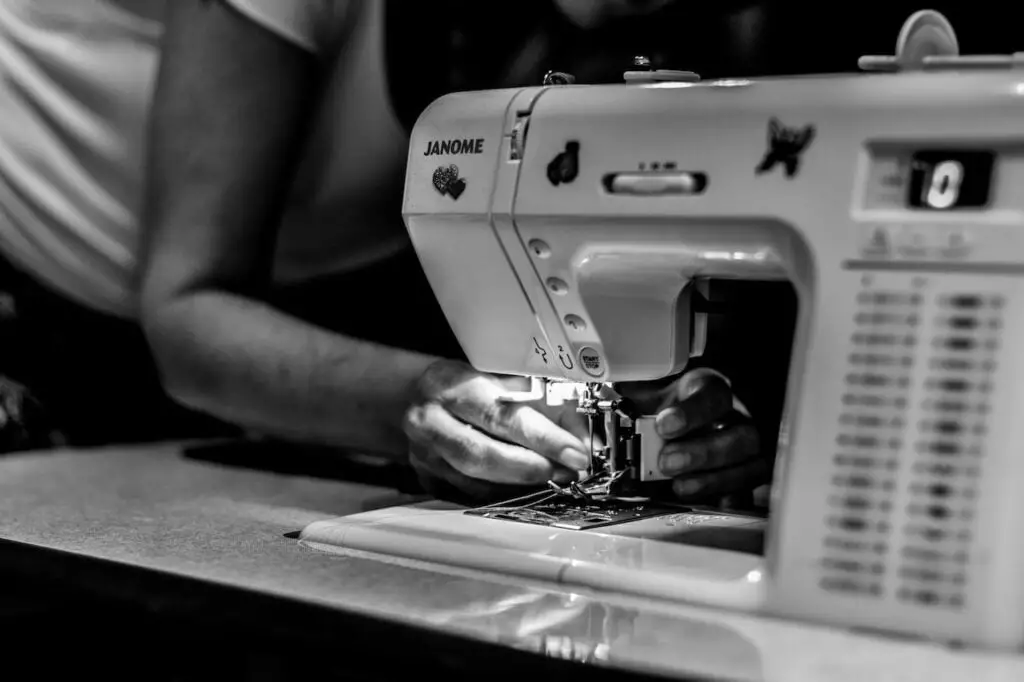
The secondary level of the fashion industry concerns itself with the manufacture And transformation Of fabrics produced in the primary stage into the final product. The main players at this level include fashion designers The likes of Tom Ford, Ralph Lauren, Calvin Klein and Tommy Hilfiger to name a few.
These of course are big names in the fashion design industry but everyday independent and talented fashion designers enter the fashion industry and add their ideas and designs contributing hugely to the advancement of the fashion industry
Other main players at this level are manufacturers like Pineapple Clothing, Good Clothing Company, Apparel Production Inc, Indie Source, Portland Garment Factory, Dewhirst, Zega Apparel and Euphoric Colors
All these fashion designers purchase fabrics from players in the primary stage and develop them into clothing and other fashion products ready for the market. Fashion houses like Gucci, Prada, Chanel and Louis Vuitton fall into this stage. Though some players operate in more levels than one of the fashion industry as you will see in level three.
The third level of the fashion industry
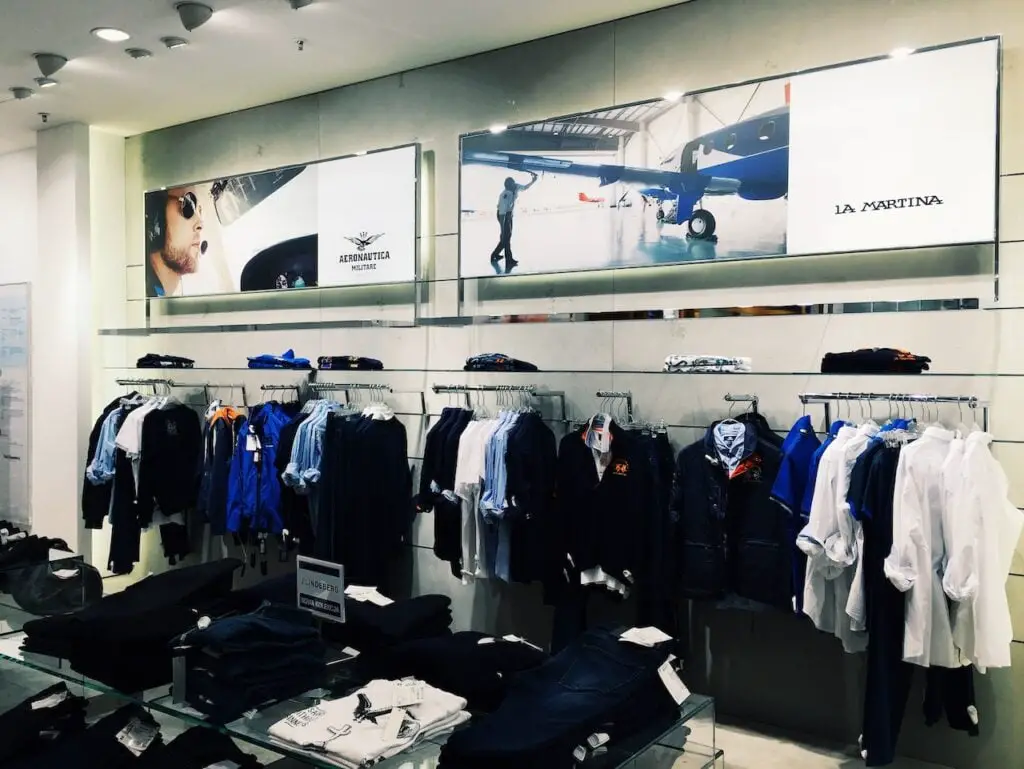
Stage three of the fashion industry is called the retail stage. At this stage, the players in the second stage are done designing and manufacturing apparel and so the players in the retail stage purchase products from the secondary stage and sell these finished products to the consumers.
Players in the retail stage of fashion include department stores like Saks fifth avenue, Macy’s and Nordstrom. Speciality stores, online shops and brands like Zara and H&M as well as boutiques.
The fourth level of the fashion industry
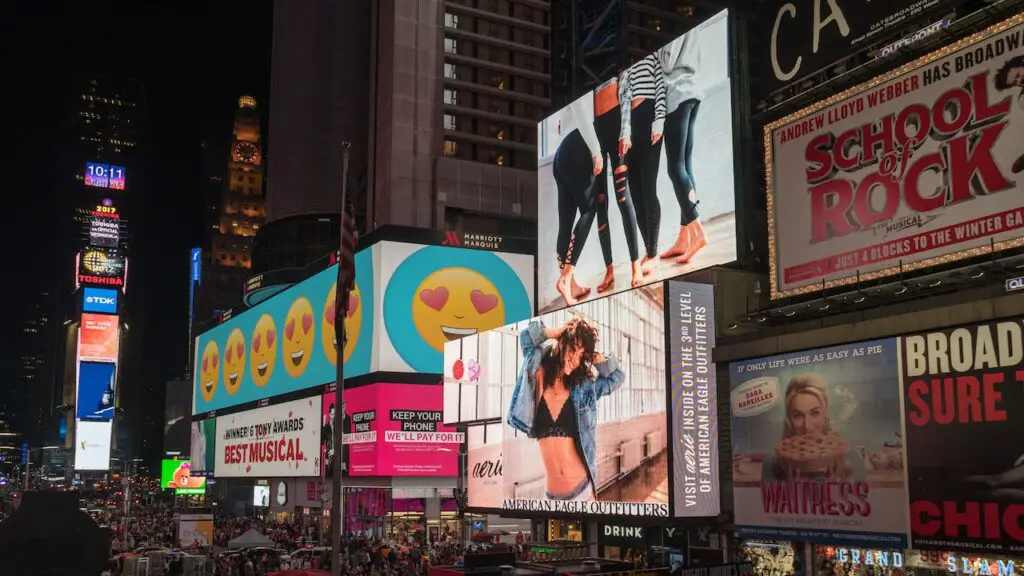
The fourth level of the fashion industry concerns itself with advertising and promoting apparel and other fashion products. Fashion products and services require advertising otherwise you and I would never know about emerging trends and new fashion lines as well as releases of fashion products we consider influential.
Because of promotion, media hype and coverage, the price of a fashion product can go up substantially even before it is released to the general public, a good example is Kanye West’s Red October shoes. That’s a story for another day.
The main players in this level of the fashion industry include fashion media, trade organizations, fashion promotion agencies, bloggers like myself and fashion magazines and publications like GQ and Vogue.
Summary
The fashion sector is one of the world’s biggest industries and a key contributor to the world economy. According to Global Management Consulting firm McKinsey and Company, compared to world GDPs, the global fashion industry represents the 7th largest economy In the world with a combined revenue of between USD 1.7 and 2.5 trillion in 2021. The levels of the fashion industry work together in harmony to keep this massive operation running if not smoothly, then effectively, you have clothes to wear after all.
Thanks for reading.

